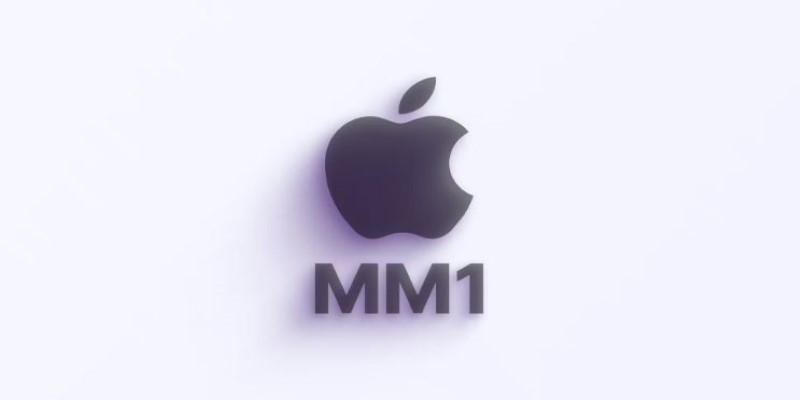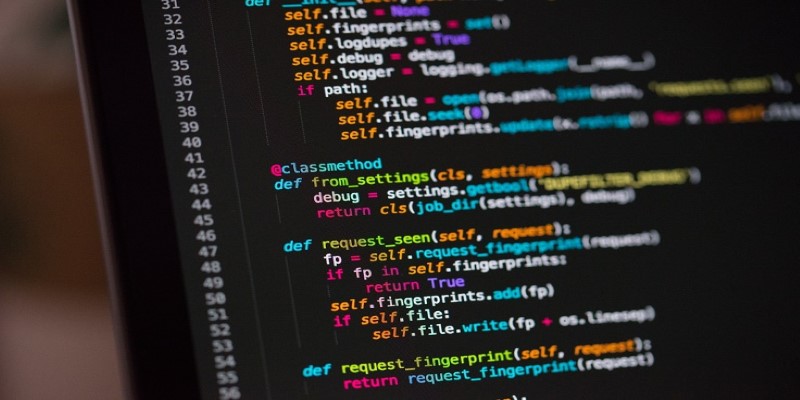Advertisement
Editing images has always required some level of technical know-how. Whether it's swapping a background, removing objects, or changing the mood of a scene, you usually need dedicated software and some practice. But that's changing. DALL·E, OpenAI's image generation tool, now allows direct editing of images in a way that feels natural—even for those who've never touched traditional photo editing tools. You can now tweak images without needing layers, brushes, or sliders. Just describe what you want in plain words, and DALL·E takes care of it. Here’s what that experience looks like and how to get started.
Before you can start editing, you’ll need access to DALL·E through ChatGPT. The image editing feature is available to ChatGPT Plus users, so make sure you're subscribed and logged in. Once that’s set, the rest is straightforward.
Begin by uploading the image you want to work with. This could be a photo you took, something AI-generated, or a saved image from your device. Common formats like JPG and PNG work fine, and there’s no need to worry about resizing or compressing—DALL·E handles that on its own. After upload, you’ll see a toolbar appear over the image. Most of the work from here is done through written instructions rather than clicks or sliders.
To change a specific area, use the selection tool. Drag over the part you want to modify—maybe it’s a face, a building, or the background. This tells the system where to focus. It doesn’t require exact edges, so there’s no need to be precise. A general selection around the area works just fine.
After you’ve made your selection, a prompt box shows up. This is where you describe the change. You might write something simple like “replace this tree with a bench” or go more creative with “turn the cat into a lion wearing a scarf.” It can handle both small tweaks and big changes. People have used it to shift seasons, change times of day, or add unexpected elements—all based on how clearly they describe what they want.
Editing with DALL·E is more than just changing objects—it handles changes in lighting, color, and mood, too. Here are a few ways people are using it successfully:

Want to place someone on a beach instead of a city street? Highlight the area around the person, type in a new background description, and DALL·E blends the new scene into the original photo. It respects the existing light source, so if the photo had a sunny vibe, it doesn’t awkwardly paste in a cloudy sky.
This works for both clutter and creativity. If there’s a stray chair, messy wires, or anything you don’t like in the frame—select and describe it as “empty floor” or “remove the wires,” and it’s gone. On the flip side, you can add objects that never existed in the original shot, like a guitar next to a sofa or books on a shelf.
You can edit style without affecting content. If you want the image to feel more vintage, cinematic, or painterly, you can prompt it with “in the style of a 1980s film” or “as an oil painting.” It adapts accordingly while keeping the scene recognizable.
You’re no longer stuck with one mood. If a scene looks too dull, select the sky or windows and ask for “golden hour lighting” or “early morning sunlight.” These subtle changes can shift the entire feel of the image without requiring full regeneration.
While DALL·E’s editing feels intuitive, there are a few things that help improve results—and avoid confusion.
Be straightforward. If you want to replace a chair with a plant, say, "replace the chair with a tall indoor plant." If you just write "plant," you might end up with a flower in a pot or a random fern that looks out of place. The tool is smart but not psychic.
Sometimes, the result won't be what you expected. Maybe the sunglasses on a cat don't look quite right, or the night sky you asked for turned out too dark. You can reselect the area and give the prompt another shot. There's no penalty for testing different ideas.
You can go back to earlier versions of your image at any point. This helps if you get too deep in changes and want to revert or if you just want to compare how the image evolved. It's one of the easiest ways to track your edits without saving multiple files.

DALL·E’s strength lies in concept-driven edits. You want to make something appear, disappear, or change in a way that would normally take layers, masks, and hours of manual work. It’s not built for pixel-level edits or ultra-high-resolution work—yet—but it shines when you’re trying to shape a creative idea quickly. If you’re working on mockups, social content, or fun visual changes, this feature is a good match. It skips over the steep learning curve of Photoshop or Lightroom and goes straight to results based on imagination.
DALL·E’s new editing feature takes a lot of the stress out of image modification. You don’t need to think like a designer or learn a new toolset. Just point to the part you want changed, describe what you have in mind, and let the model do the rest. It’s fast, direct, and easy to get the hang of after just one try. If you’ve ever wished you could make a photo look a little more like how you imagined it, now you can—with just a few words.
Advertisement

What is Apple’s MM1 AI, and how will it change Siri and your device experience? Learn how MM1 is designed to bring intelligent, on-device AI to Apple products

Autonomous AI is shaping the future due to its efficiency, cost-effectiveness, improved customer interactions, and strong memory

Explore how HIX AI and GPT-4 work together to automate writing tasks, boost content quality, and save valuable time.

Discover how ChatGPT helps build efficient workflows by improving focus, automating tasks, and enhancing clarity.

Discover how to build a consistent, effective meditation habit using ChatGPT as your personal AI wellness assistant.

Ready to dive into Python? This guide covers the core concepts you need to understand, helpful resources, and project ideas to start using Python effectively. Perfect for both beginners and those brushing up

Looking to boost your SEO in WordPress? Discover 10 AI-powered tools and strategies to improve your content, keyword research, image optimization, and more in 2025.

Explore how ChatGPT’s Code Interpreter executes real-time tasks, improves productivity, and redefines what AI can actually do.

Discover 8 AI tools every content writer should use to save time, improve quality, and streamline content creation tasks.

SQL doesn’t behave like Python or JavaScript, so is it a true programming language? Or just a scripting tool? Here’s a clear, human take on what SQL really is—and why it matters

Google has updated its stance on AI-generated content. Learn how to navigate Google’s new policies, avoid penalties, and create high-quality content that meets search engine standards.

Need AI built for healthcare, not general use? Aloe offers focused, open medical language models designed for clinical tasks, documentation, research, and patient support